Expansion of End-Use Industries
The Powder Coating Market is benefiting from the expansion of various end-use industries, including construction, furniture, and consumer electronics. As these sectors continue to grow, the demand for high-quality, durable finishes is increasing correspondingly. In 2023, the construction industry accounted for nearly 25% of the total powder coating market, driven by the need for protective and decorative coatings for architectural elements. Additionally, the rise in urbanization and infrastructure development is expected to further fuel demand for powder coatings in the coming years. This expansion across multiple industries indicates a robust growth potential for the powder coating market, as it adapts to meet the evolving needs of diverse applications.
Rising Demand for Eco-Friendly Coatings
The Powder Coating Market is experiencing a notable shift towards eco-friendly solutions, driven by increasing environmental awareness among consumers and regulatory bodies. Powder coatings are solvent-free, which significantly reduces volatile organic compound emissions compared to traditional liquid coatings. This shift is reflected in the growing adoption of powder coatings across various sectors, including automotive, architecture, and consumer goods. In 2023, the powder coating segment accounted for approximately 15% of the total coatings market, indicating a robust growth trajectory. As industries seek to comply with stringent environmental regulations, the demand for sustainable coating solutions is likely to continue its upward trend, further solidifying the position of powder coatings in the market.
Growth in Automotive and Industrial Sectors
The Powder Coating Market is significantly influenced by the growth of the automotive and industrial sectors. As manufacturers increasingly prioritize durability and aesthetic quality, powder coatings are becoming the preferred choice for finishing automotive parts and industrial equipment. In 2023, the automotive sector alone represented around 30% of the total powder coating consumption, highlighting its critical role in driving market expansion. Furthermore, the rise in electric vehicle production is expected to further boost demand for powder coatings, as these vehicles require high-performance finishes that can withstand various environmental conditions. This trend suggests a promising outlook for the powder coating market, particularly in the automotive and industrial segments.
Technological Innovations in Powder Coating
Technological advancements are playing a pivotal role in shaping the Powder Coating Market. Innovations such as advanced application techniques, improved curing processes, and the development of new formulations are enhancing the performance and versatility of powder coatings. For instance, the introduction of hybrid powder coatings, which combine the benefits of both thermosetting and thermoplastic materials, is expanding the range of applications. In 2024, it is projected that the market for advanced powder coating technologies will grow by approximately 10%, driven by the need for higher durability and aesthetic appeal in various applications. These innovations not only improve the efficiency of the coating process but also contribute to the overall growth of the powder coating market.
Increasing Customization in Consumer Products
Customization is emerging as a key driver in the Powder Coating Market, particularly in consumer products. As consumers seek unique and personalized items, manufacturers are responding by offering a wider range of colors, textures, and finishes in powder coatings. This trend is evident in sectors such as furniture, appliances, and electronics, where aesthetic appeal is paramount. In 2025, it is anticipated that the demand for customized powder coatings will increase by approximately 12%, as brands strive to differentiate themselves in a competitive market. This growing emphasis on personalization not only enhances consumer satisfaction but also propels the overall growth of the powder coating market.
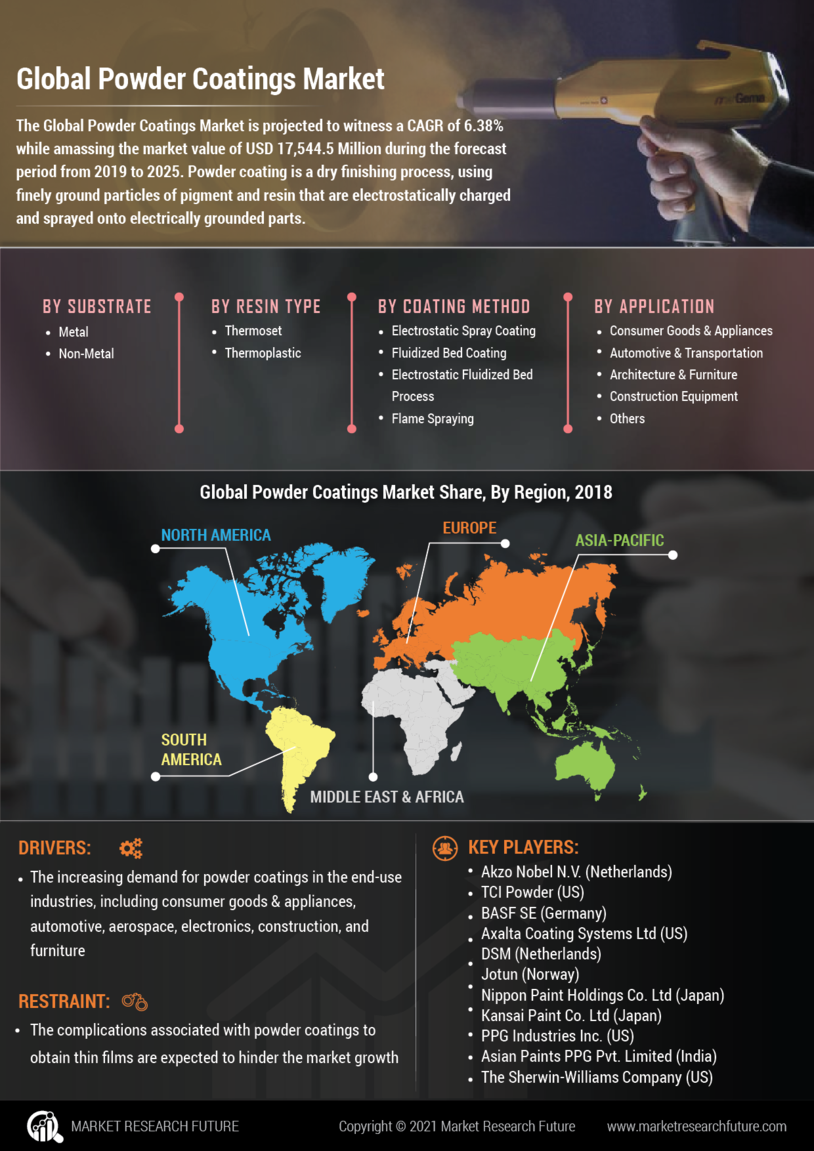

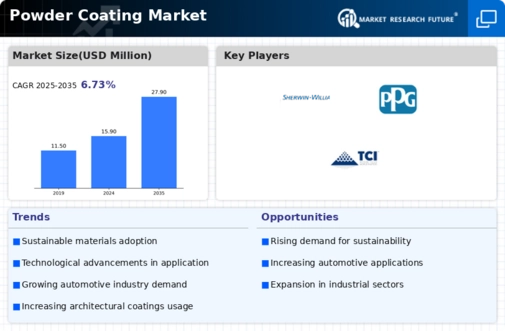
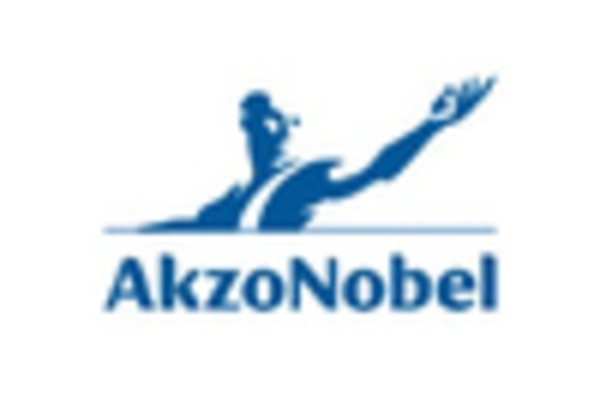
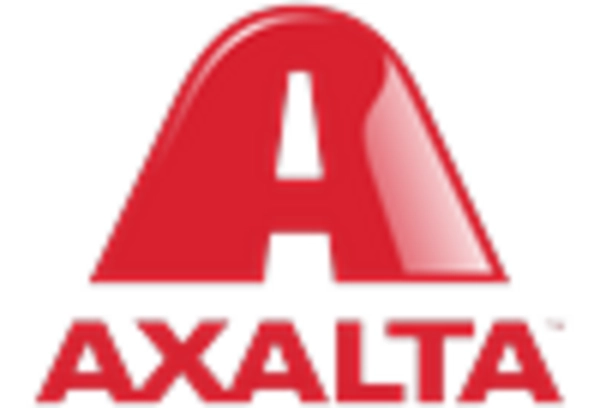

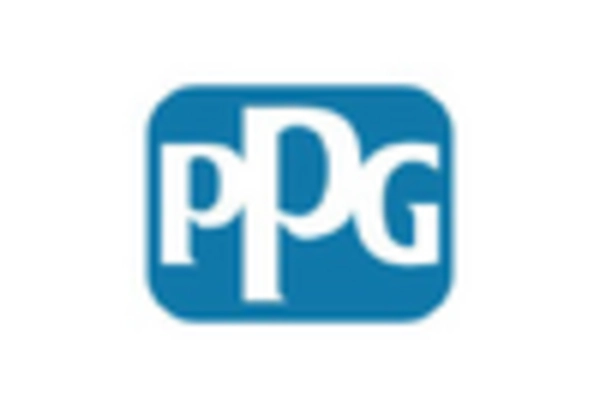
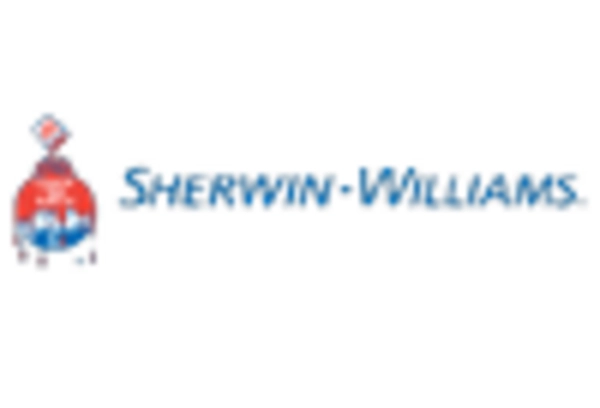
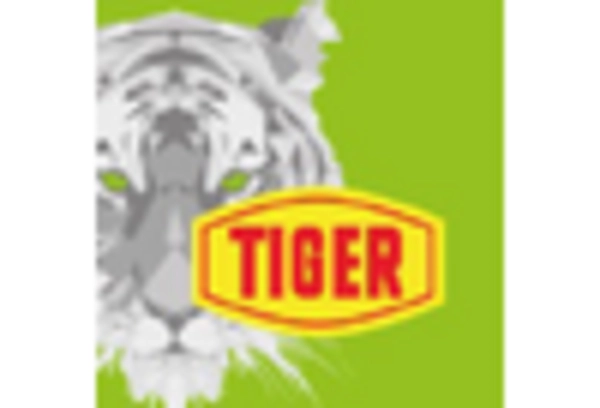








Leave a Comment